♦
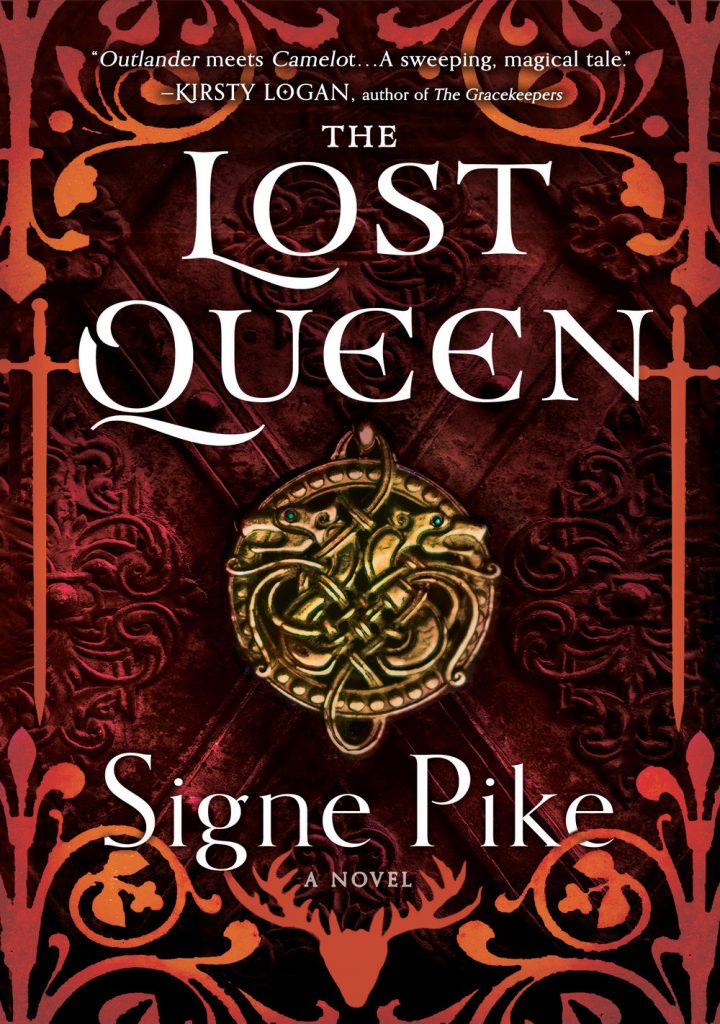
“I was dreaming of the forest. This time no rustle of wind, no birdcall, no sliver of light penetrated the thick canopy of trees. Silence thundered in my ears like a band of warhorses. And then, through the gloom, I heard my mother call my name, her voice soft and hollow-throated as a dove’s.
Languoreth.“~ The Lost Queen, by Signe Pike
♦
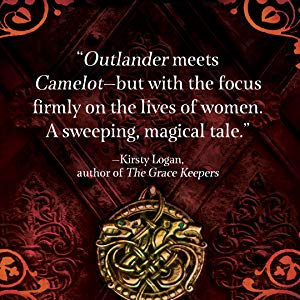
♦
“Outlander”. Equal parts sweeping romance and magical fantasy that has enthralled fans worldwide. As the show’s seasons continue to grace the screen, the time-traveling-epic juggernaut seems to accumulate more kilt-wearing Sassenachs. Many in its voluminous fan base include authors like me, as well as super-fans like New York Times Bestselling author Sasha Alsberg.

Seattle Comiccon, 2017
As a huge fan, I’ve been captivated with not only the storyline but the beauty and transcendence of the scenery on screen. Who could ever forget the first moment when Claire sees the beautiful druid women twirling among the standing stones?
It’s some of the most magical imagery in all of television. And I’m not one bit ashamed to admit that I rewound that scene at least five times, savoring the beauty and magic of the cinematography. (You know you did, too!)
Currently, “Outlander” has released its fourth season, ending a very long and agonizing waiting period for fans. “Outlander” super-fans have even coined a term for this TV purgatory: “droughtlander”.
And when droughtlander strikes, watch out. Those who suffer will stop at nothing to read or watch anything akin to “Outlander” to quell the dry spell. But scouting for similar content can be a challenge, and we “Outlander” fans like a good supply.
Enter author Signe Pike.
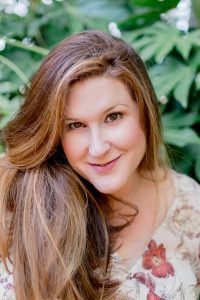
Pike is the author of the 2010 memoir “Faery Tale: One Woman’s Search for Enchantment in a Modern World” and the newly released (September 2018) historical-fantasy novel, “The Lost Queen” (Touchstone). “The Lost Queen” has been heralded by “Redbook” as “…the first book in what promises to be a thrilling trilogy” as well as deemed a Fall 2018 Barnes & Noble Discover Pick. But most importantly, “BookPage” and “Booklist” have compared the novel to “Outlander” and “The Mists of Avalon”.
The story introduces Languoreth—a real, but long-forgotten historical queen of sixth-century Scotland—and twin sister of the man of who Pike believes inspired the legend of Merlin. Needless to say, when I heard about the book, I immediately perused early reviews. At the time of this writing, the highest-rated review for the book on Amazon exclaimed: “Love Outlander? You may love ‘The Lost Queen’ more. It has all the magic of ‘The Mists Of Avalon’ and ‘Outlander’, but…the story [is] more compelling, given the newly discovered history of the woman that is Languoreth.”
If all that wasn’t enough to make me click the ‘buy’ button, learning that Pike was the author of this sweeping epic was even more convincing.
I first heard about Pike three years ago. In 2015, I was searching for non-fiction books on faeries and folklore and happened to stumble on her memoir. To say I was enchanted is an understatement.
Leaving behind a prestigious career as an acquisitions editor for both Random House and Penguin Publishing, Pike decided to travel the world in search of spirituality and to “believe in something once more,” literally undertaking a magical journey.
In a sweeping tour through Mexico, England, Ireland, Scotland, and beyond, she wrote “Faery Tale” based on her magical experiences while traveling. The book was featured on NPR and takes readers to dark glens, abandoned forests, and ancient, sacred sites seeking people who might still believe in elusive beings while describing the historical roots of fairy folklore. I cherished the memoir, particularly riveted by her descriptive visit to Dartmoor to meet the conceptual designers of Jim Henson’s “The Dark Crystal” and “Labyrinth”–Brian and Wendy Froud.
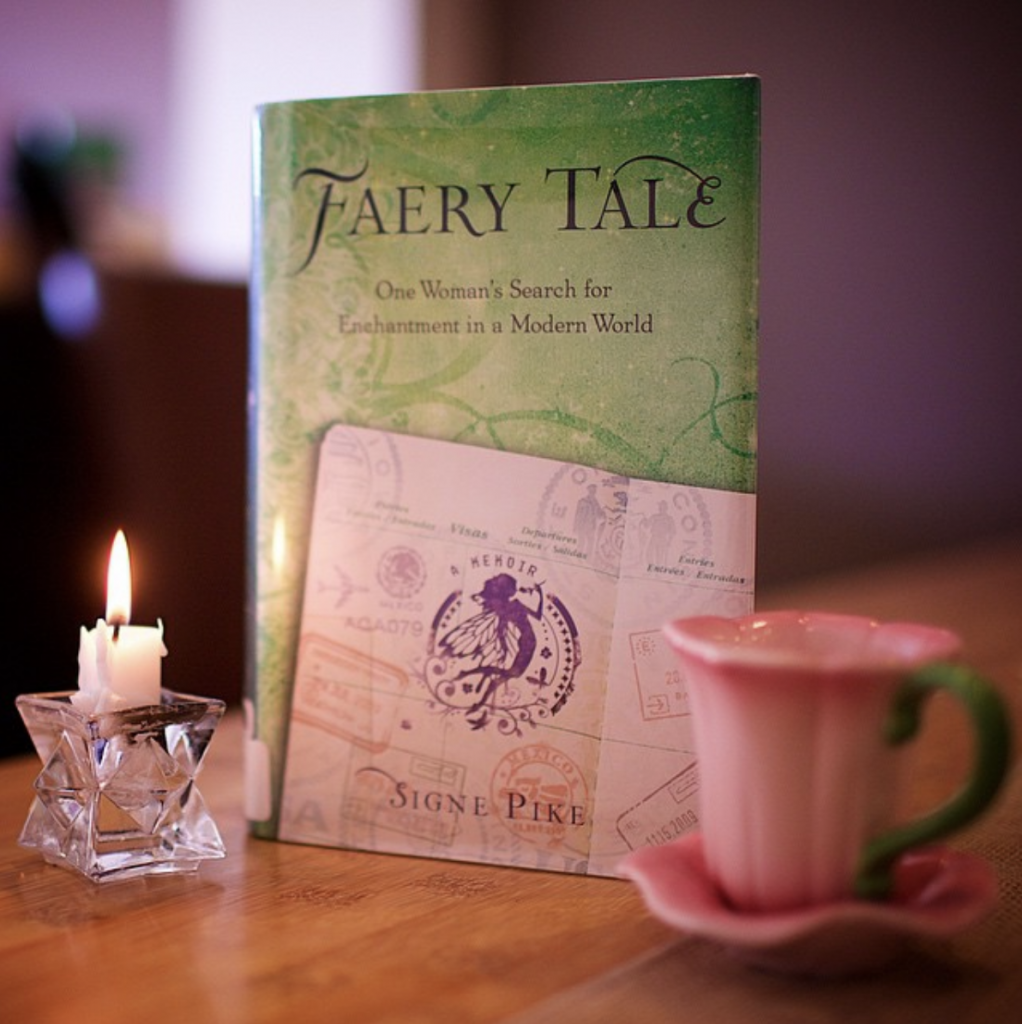
Pike has spent the past ten years researching and writing about Celtic history, myth, folklore, and tradition. Given her travels and experience, it was only a matter of time until Pike would stumble into the many Celtic myths and historical roots surrounding the wizard Merlin (a figure I hold near and dear to my heart). While in England, Pike discovered a book that argued that the character of Merlin was based on a real person, and that he had a twin sister. Excited about this new historical theory, Pike would later use it as the catalyst for writing “Queen”.
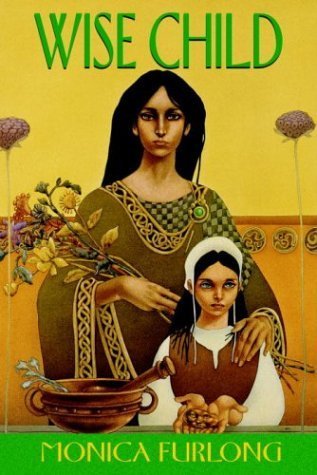 Upon learning about Pike’s inspiration, research–and that she was an “Outlander” fan, herself–I couldn’t wait to crack the spine of the “The Lost Queen”. Complete with a love story and a strong heroine akin to Claire Fraser, “The Lost Queen” definitely satisfied my “Outlander” craving, but even better, it also brought to life a new take on the mystery and legend surrounding the real Merlin and who his sister might have been. Lyrical in its prose and style, “Queen” also channels author Monica Furlong’s fantasy novel “Wise Child”, with both books steeped in rich details that fully immerse readers into enchanted, historical lands.
Upon learning about Pike’s inspiration, research–and that she was an “Outlander” fan, herself–I couldn’t wait to crack the spine of the “The Lost Queen”. Complete with a love story and a strong heroine akin to Claire Fraser, “The Lost Queen” definitely satisfied my “Outlander” craving, but even better, it also brought to life a new take on the mystery and legend surrounding the real Merlin and who his sister might have been. Lyrical in its prose and style, “Queen” also channels author Monica Furlong’s fantasy novel “Wise Child”, with both books steeped in rich details that fully immerse readers into enchanted, historical lands.
So, it is with much fanfare that I welcome Signe Pike to take us deeper into the historical and magical Celtic discoveries that she uncovered while writing “The Lost Queen”.
♦
DJ: Welcome, Signe, and thank you for answering my questions. First, can you tell us about the evolution of Merlin and how you found his roots as an historical figure? How did you decide which details to use for a character with such a variety of versions?
SP: On the timeline of historical sources, in addition to the writings of Geoffrey of Monmouth and Thomas Mallory, the earliest and mentions we find of Myrddin are in the hagiography of Saint Kentigern, in an ancient Irish annal recalling his presence (and subsequent madness ) at the Battle of Arderydd in 573 AD, and in an ancient poem called “Y Gododdin,”—largely agreed to have been composed around 602 AD—where Myrddin is listed as a contributor/financial benefactor for what we think was a disastrous campaign against the Angles.
By this time his fighting days were over, and he was an old man. I was mostly inspired by the mentions of him as Lailoken in St. Kentigern’s hagiography, and it’s here we are told he was later also referred to as “Myrddin.” He is depicted as a bit of a nonsensical belligerent and rebel rouser. Of course, when you look more deeply into the political and non-secular events of that time, it becomes pretty clear that he was a man who caused considerable consternation to Kentigern, and to do that, he must have held a position of considerable power. For more on the evolution of Merlin, I highly recommend readers check out Adam Ardrey’s excellent non-fiction book on the topic, “Finding Merlin”.
DJ: How did you discover that the sixth-century warrior, Lailoken, had a twin sister, and can you tell us about why her history has been seemingly overlooked?
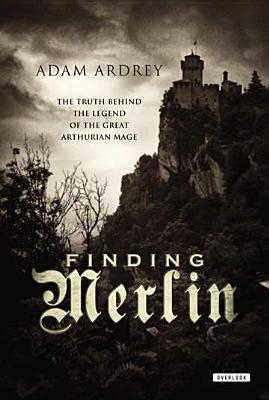 SP: I first read about Languoreth in Adam Ardrey’s book (mentioned above.) As far as I can tell, Ardrey (and now myself) are the first people to truly take any interest in Languoreth in centuries. She was a historical queen married to Rhydderch, who ruled from what is now Dumbarton Rock in the late 6th to early 7th century. She would have exercised quite a bit of power in Scotland during her lifetime, but she made some very powerful enemies in the early Christian church, and both she and her brother were slandered and censored out of the written historical record in as much as the monks of Kentigerns time (and subsequent generations) could do.
SP: I first read about Languoreth in Adam Ardrey’s book (mentioned above.) As far as I can tell, Ardrey (and now myself) are the first people to truly take any interest in Languoreth in centuries. She was a historical queen married to Rhydderch, who ruled from what is now Dumbarton Rock in the late 6th to early 7th century. She would have exercised quite a bit of power in Scotland during her lifetime, but she made some very powerful enemies in the early Christian church, and both she and her brother were slandered and censored out of the written historical record in as much as the monks of Kentigerns time (and subsequent generations) could do.
She was mostly overlooked because she was a woman, and of course there is far less recorded about women in the early medieval world than men. The Celts were actually a bit more progressive than some other European cultures when it came to the power women could exert in society—for example, women could own land and petition for divorce, and there is mention of queens, female druids and female warriors—but it was still very much a man’s world.
DJ: “The Lost Queen” is elegantly rich in details. As a writer, I know this requires full immersion in time and place. Which books and historical texts did you rely upon most as source materials for “Queen”? Did you take any liberties with the historical details?
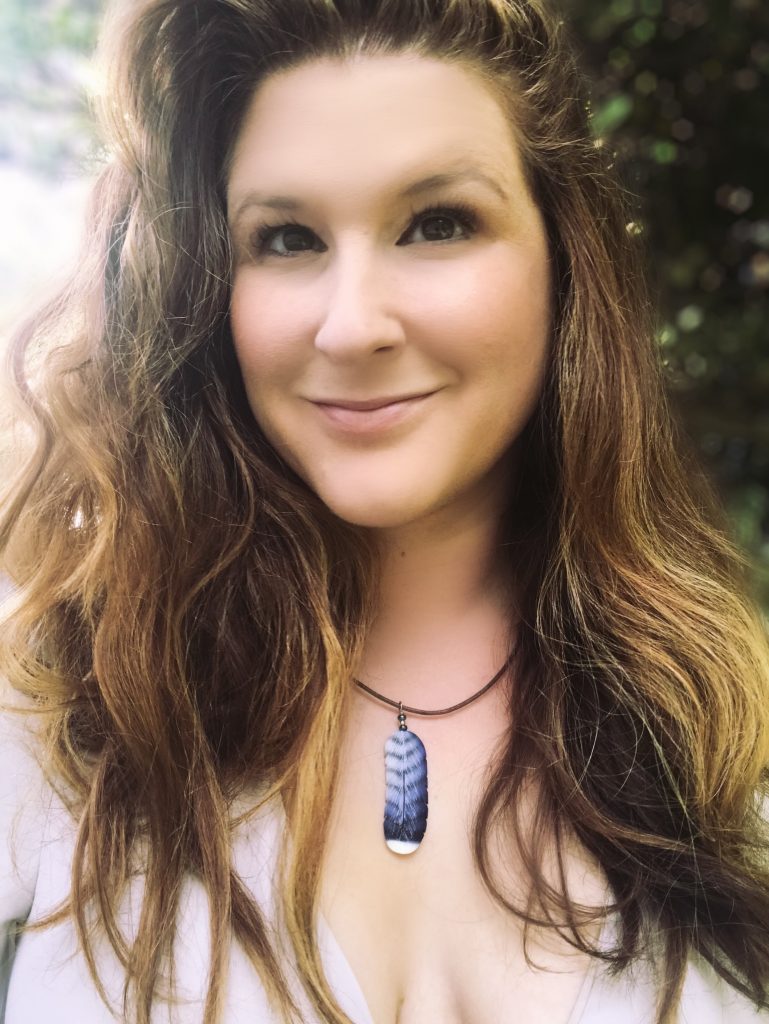 SP: I studied the ancient Welsh Triads, the historical and contemporary sources mentioned above, and also scores and scores of books on the natural world, the ancient Celts, the Britons specifically, the Picts, the early medieval world, all the poetry attributed to Myrddin, books on warfare, books on archeology, books on the druids, books on tribalism and shamanism, the list goes on.
SP: I studied the ancient Welsh Triads, the historical and contemporary sources mentioned above, and also scores and scores of books on the natural world, the ancient Celts, the Britons specifically, the Picts, the early medieval world, all the poetry attributed to Myrddin, books on warfare, books on archeology, books on the druids, books on tribalism and shamanism, the list goes on.
One of the great pleasures of writing fiction was that unlike in my travel memoir “Faery Tale”, while I am bound by the limitations of actual history and truth, I did not have the pressure to track and record my sources and present them to be deemed properly accountable. Everything I read was for information and inspiration. My sources are “catalogued” in so much as they exist by subject area on my shelves and I return to them again and again, but I was like a magpie, gathering shiny bits and pieces from everywhere. As far as any educated guesses I had to take in regard to the historical aspects, the Author’s Note in the back of the book is a great place to learn more.
DJ: “The Lost Queen” has been compared to “Outlander”, as both stories take place in Scotland. Were there any specific events or characters in “Outlander” that inspired parts of “The Lost Queen”?
SP: No. It’s flattering that my novel has been compared to “Outlander”, a series I am a tremendous fan of, but to me the similarities are pretty broad. Both take place in Scotland and therefore highlight the land and culture. Both feature a strong female figure and both contain a romance. And both feature actual, historical battles – Arderydd in my case, and Culloden in Diana Gabaldon’s books. But Languoreth’s story is her historical life – nearly all the events in the book actually took place.
We know about the assassinations and battles. Folklore tells us she had a romance with a soldier. Those elements are simply integral to who she was and the life she actually lived. What’s exciting is to see how different and at the same time, how similar, life in 550 AD was to life in Scotland in the 1700’s, technological advances aside.
As you can see in “Outlander”, 1,200 years later the Celts were still a tribal society broken down into chiefdoms largely delineated by family. Who you were descended from decided your place of belonging in the political world. But there was so much heart in it too. “Clan” after all, is derived from the Gaelic word clann meaning “children.” In Languoreth’s time, I feel this was even more a truth: kings were minding the future of their kin.
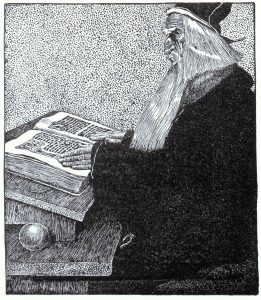 DJ: With so much unrecorded and unknown during the Dark Ages, your story’s time period is less known than Outlander’s Jacobite risings. But having Merlin as a character is certainly a recognizable touchstone for the Early Middle Ages. What challenges did you encounter writing about a character so well known, yet so lost to history?
DJ: With so much unrecorded and unknown during the Dark Ages, your story’s time period is less known than Outlander’s Jacobite risings. But having Merlin as a character is certainly a recognizable touchstone for the Early Middle Ages. What challenges did you encounter writing about a character so well known, yet so lost to history?
SP: The idea that Merlin/Myrddin was a wizard who practiced magic is a pretty big stumbling block to accessing Myrddin the historical figure, whoever he might have been. However, coming at him from the vantage point of his sister, who knows him as Lailoken, gives the reader a much better glimpse of the actual humanity of the man.
Another great misconception involves the roles of druids in Celtic society. They weren’t only priests. They were the doctors, judges, healers, political advisors, theologians, scientists, historians and academic masters of the ancient Celtic world. This is just a fact. But they’ve been so romanticized that despite all the actual scholarship out now about them, this information just hasn’t broken into the mainstream understanding of the Celtic world. In order to make the reality more digestible to readers, this is why I call them “Wisdom Keepers” rather than “Druids.” In being unfamiliar, the phrase may help in getting around those archaic and very limited perceptions most of us have about Druids.
I hope it allows for readers to come to know them in the many other vital roles they performed. But because so many people are unfamiliar with the idea that Lailoken inspired the legend of Merlin, this wasn’t really so much an issue. The books are better experienced when readers can forget about Myrddin of myth and become a blank slate so they can begin to develop an understanding of a passionate family living in an incredibly powerful time in human history.
DJ: Languoreth is a strong female character and is attracted to the healing arts like Claire Fraser in “Outlander”. Both characters also feel constrained in their roles and frustrated with their limitations as women in the times they live. Did you happen to have a model, either fictional or historical, for Languoreth’s character? How were you able to breathe life into such an important Scottish figure?
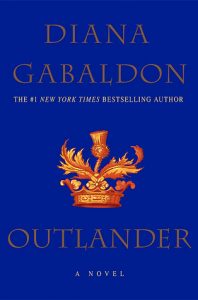 SP: Medicinal plants and remedies were a cornerstone of early medieval life. The knowledge of plants and their properties, even down to the most average man or woman, would have been so much more vast than it is today. I’ve always been fascinated by how much we make synthetically today, and I have a great respect for ancestral knowledge. Too much has been lost over the passing generations. And yet, in places like Scotland, Ireland, and England, the memory feels so much closer.
SP: Medicinal plants and remedies were a cornerstone of early medieval life. The knowledge of plants and their properties, even down to the most average man or woman, would have been so much more vast than it is today. I’ve always been fascinated by how much we make synthetically today, and I have a great respect for ancestral knowledge. Too much has been lost over the passing generations. And yet, in places like Scotland, Ireland, and England, the memory feels so much closer.
A woman at the bed and breakfast I was staying in near Devon told me a nettle sting is best soothed by rubbing the sting with dock leaf, which nearly always grows right beside it. Oral tradition lives on! It’s no surprise this world is also integral to Diana Gabaldon’s books, but I particularly love how we see the world of Claire’s more modern medicine influenced by the ancient remedies and vice versa. As far as a role-model for Languoreth’s life, I really focused on putting myself in her place and studying her options. What would someone do in that circumstance? What did I think she would do? Or how did I think she would feel? She’d taken shape in full form in my mind, so this wasn’t too hard to do.
DJ: What was one of the most fascinating facts you discovered in your research for “The Lost Queen”? Did you manage to work it into the novel? Was there anything you really wanted to include but just couldn’t find a place for?
SP: The Battle of Arderydd and the desecration of a druidic place of worship (what is now Glasgow’s necropolis) are but a few. I worked so many of the fascinating discoveries (many of which must be credited to Adam Ardrey) into the novel because it was the events themselves, things that would’ve had a tremendous impact on Languoreth and her family, that inspired me to write the books in the very beginning. Her family’s experience of these events is still what drives me. I want readers to understand what she truly experienced in her lifetime.
DJ: You have traveled all over Scotland. Which specific sites did you feel most connected to in regards to channeling Merlin and the Arthurian legends? Why do you think the Arthurian legends have captivated and drawn people for well over 1000 years?
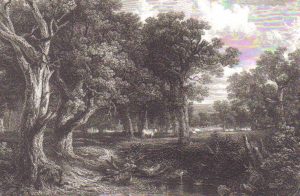
Cadzow forest in Lanarkshire. A 19th-century view.
SP: Definitely Cadzow, which is now found on the estate of Chatelherault Country Park in Hamilton, Scotland. But every site I visit connected to Languoreth and her family feels enchanted. It’s as if they have a memory. I think the other piece of that is knowing I’m writing about people who lived 1,500 years ago, but now I’m walking over the same land their feet touched. I probably suffer from some hero worship. But I don’t think I could write about Languoreth and her family in the way I must if I didn’t feel they were truly heroic, each in their own ways.
The Arthurian legends have been so molded over time by each person who has taken up their cause, it can be difficult to find the kernel of truth within. But truly, when you boil it down to its elements, it has all the makings of many great legends. A hero who rises up to protect people in a time of need. Sacrifice. And thanks to Mallory, romance. Of course, none of this contains mention of Languoreth. Yet if we are right, she would have been there to witness it all.
DJ: Could you explain the linguistic transformation of Merlin’s name? It was thought his enemies sought to slander him by striking his real name from medieval oral history and replacing it with a smear. Do you have any speculation as to why his name changed but his sister’s was forgotten almost completely?
SP: I agree with the idea that Merlin (or Myrddin, meaning “madman” in Old Welsh) isn’t our historical figure’s name. Lailoken is probably the most accurate name we have for the man later known as Myrddin, and even that isn’t a name, it’s a title – as Ardrey explains, it means, “Chief of Song.” Myrddin almost certainly had a much more “familiar” family name – the name he was given at birth, the name by which his family and friends would have called him.
For linguistic transformation, Ardrey’s book presents an argument I agree with. Lailoken was an outspoken enemy and opponent to Kentigern/Mungo, while his sister, Languoreth, was wife to Mungo’s king. Kentigern took Languoreth on in differing ways, because it wouldn’t do to mock her name. Even so, he did succeed in smearing it – he attacked her reputation. To this day one of the only places her name appears is in the story of one of Mungo’s great miracles – the story of the fish and the ring.
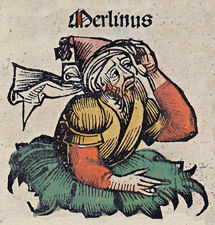
Merlin in the Nuremberg Chronicle (1493)
DJ: Did you have a defining moment where you realized you loved writing about all things magical? Perhaps in childhood?
SP: Writing about magical things was a surprise, but I’ve always loved magical things. I’m hopelessly romantic and have always searched, I suppose, for ways in which “magic” could be real. But what I’ve done is to turn that into a lifelong quest for logic, actually. The kernel of truth beneath a legend. I’m always looking for truth, in whatever I’m writing.
I never really connected to the Arthurian legend as a little girl – I liked the story, but it didn’t captivate me. It wasn’t until I learned about the real humans who inspired the myth that I became hooked. I’m only seeking to show readers who these very real human beings might have been – they lived through such epic events, they were magical, but in ways we are only coming to understand.
DJ: So many people would love a little more enchantment in their lives. As a very magical person and writer, what advice or tips can you give to others to tap into their own everyday magic?
SP: I think as people we tend to sleepwalk through our lives. It happens for a multitude of reasons, but when we seek the cause, most reveal life situations that are being stuffed down or ignored because making a change feels impossible. It isn’t. Dealing with the repercussions can feel scary or overwhelming, but how else might we grow? At its core my first book “Faery Tale” provides a living tool on how to re-enchant our daily lives.
I made myself a working experiment, and the people I meet (and more importantly the lessons they each share) are things I still apply to my life today. My hope in writing it was that readers would pick it up and set out on their own journeys. Presence, risk, trust, belief. All the lessons are there.
♦
GIVEAWAY
♦
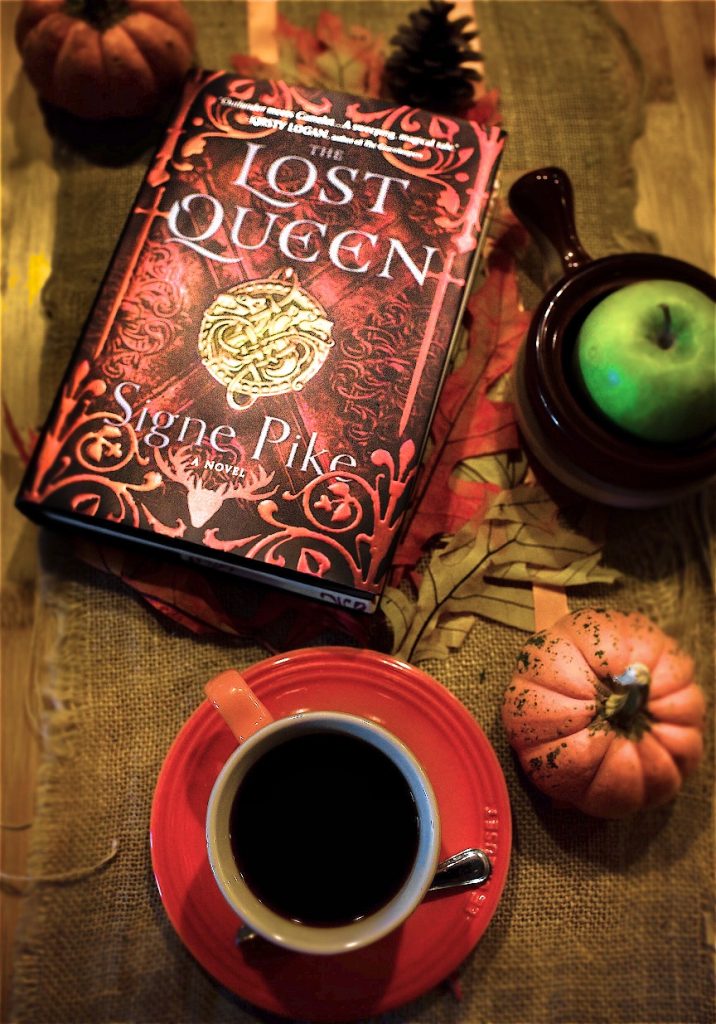 Thanks so much for sharing many of the highlights you learned, Signe, and for adding just a little more enchantment into our lives.
Thanks so much for sharing many of the highlights you learned, Signe, and for adding just a little more enchantment into our lives.
Find Signe Pike Online:
Instagram: https://www.instagram.com/signepike/?hl=en
Website: https://www.signepike.com/
Facebook: https://www.facebook.com/signe.pike/
Also, a big thanks to all of you for stopping by to read my interview with Signe. As a thank you, my co-author, John Bladek, and I are giving away a signed copy of the “The Lost Queen” along with a free $10 Starbucks gift card for you to cozy up with this fall. (Open to U.S. residents only.)
To enter, sign up for my seasonal email newsletter below, which automatically enters you into all future giveaways. One winner will be chosen at random from the subscriber list, and if you’re already a subscriber, don’t worry; you’ve already been entered.
Winners will be notified by email newsletter announcement on November 27th, 2018. Make sure to check your email inboxes and add my address to your contacts, so the giveaway announcement message doesn’t get caught in your spam folder.
Good luck, everyone!
♦
NEWSLETTER AND GIVEAWAY SIGN UP
♦
[wysija_form id=”12″]

Leave a Reply